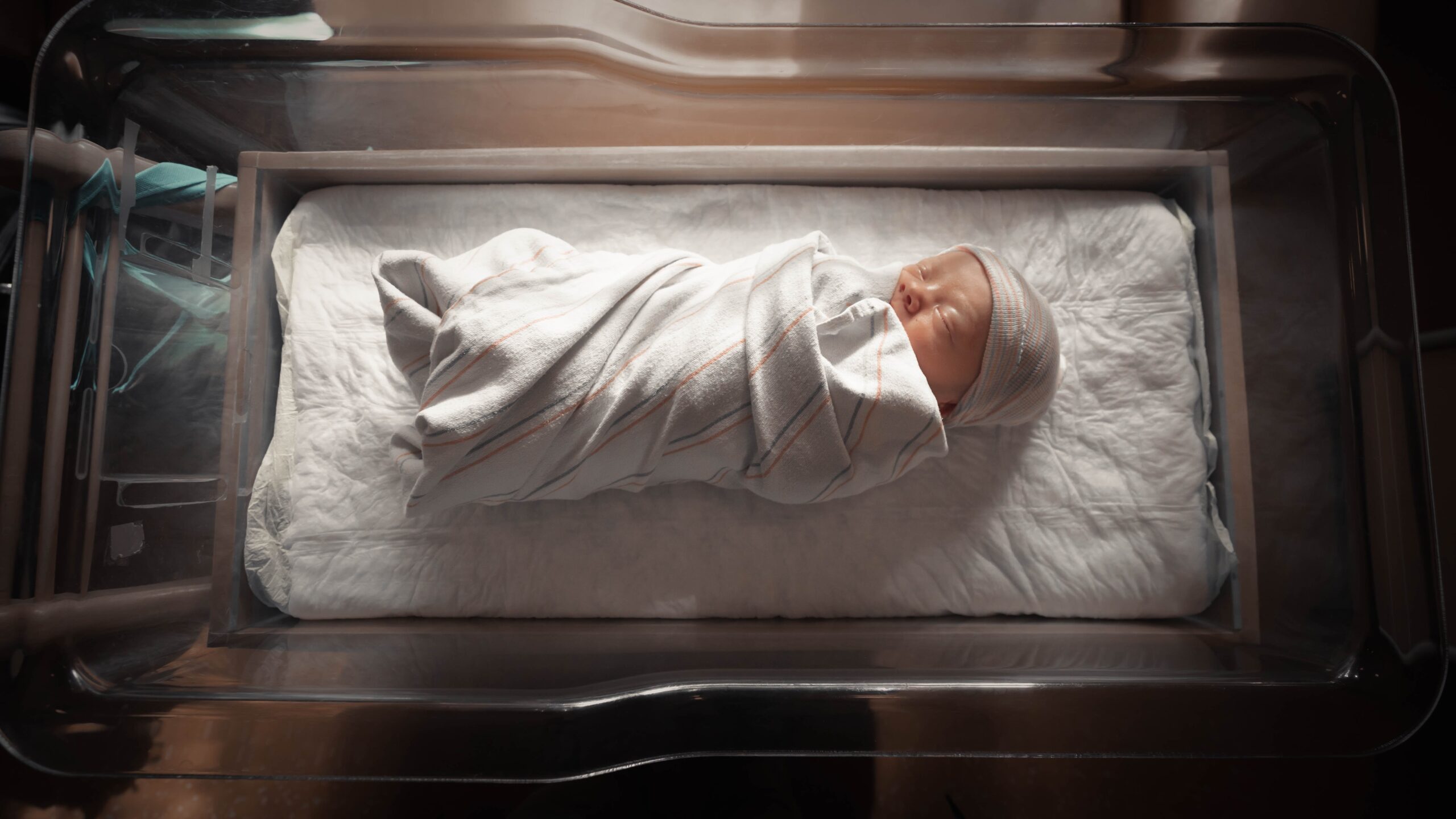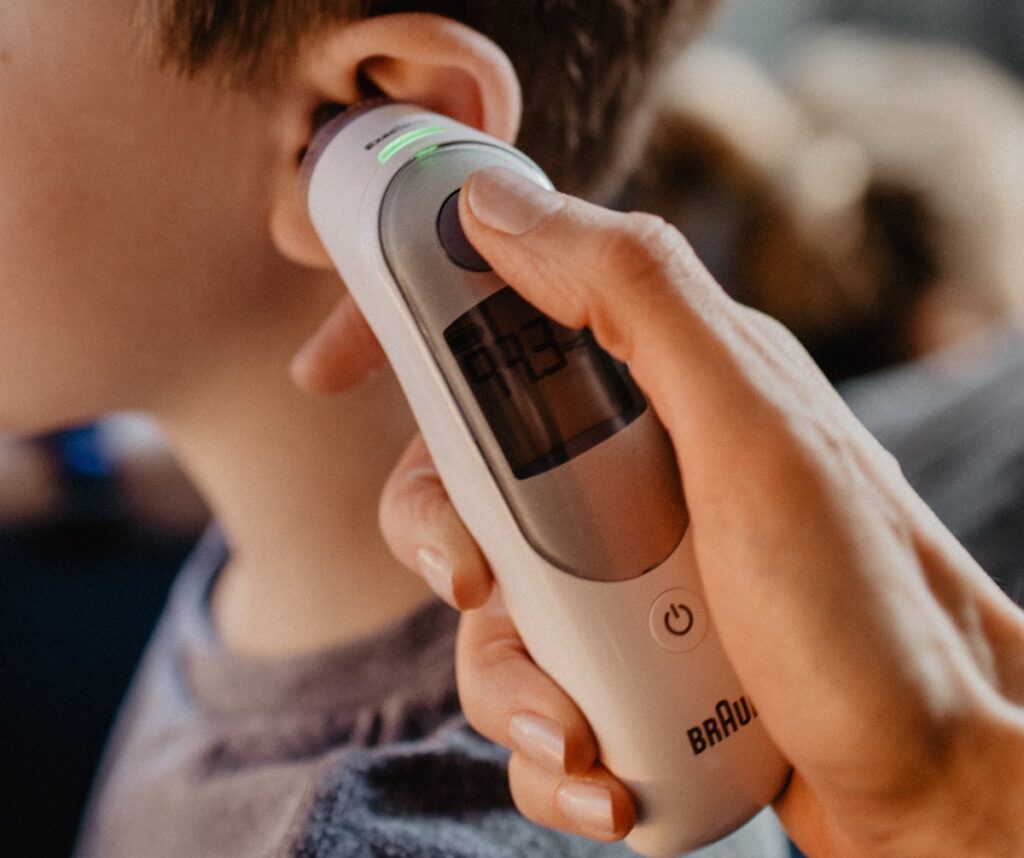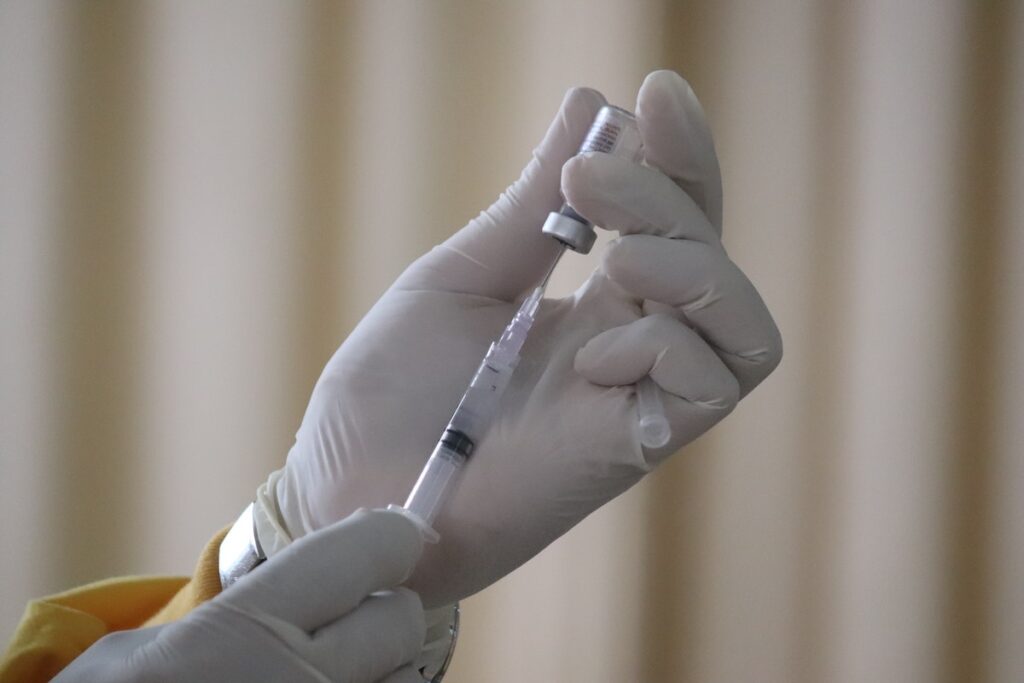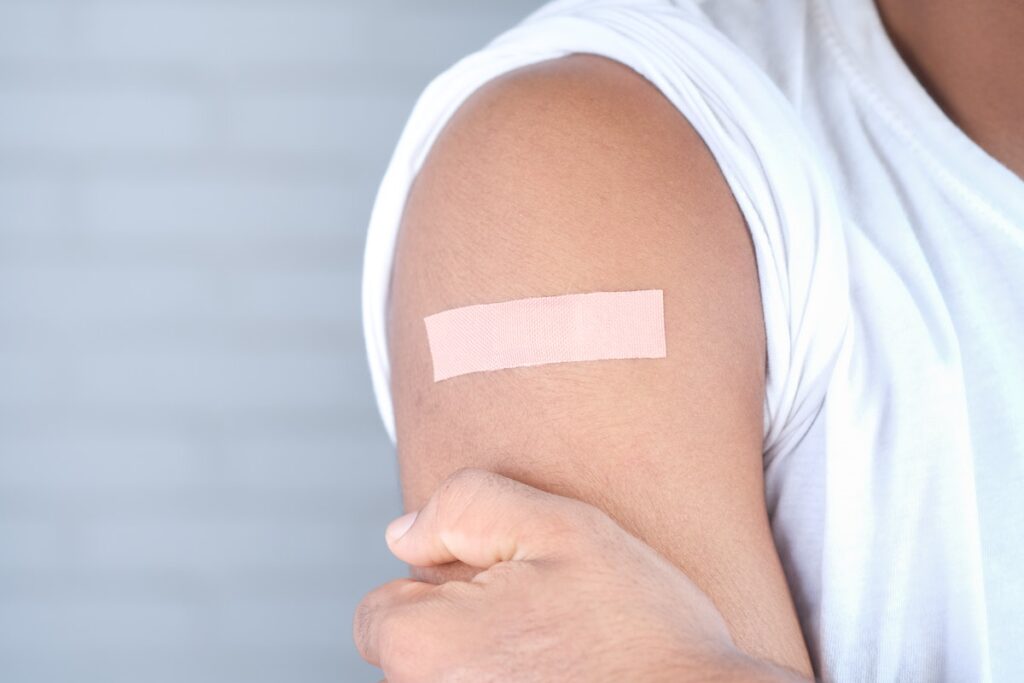Welcome to the adventure of parenting, where it’s completely normal to have lots of questions. This is the only job where you literally train as you go. While there is no perfect way to parent, there is a way to parent perfectly for you. Here we answer a few common questions about newborns to help you settle into the first weeks at home with a little more confidence.
What is a fever?
Fever is defined as a rectal (bottom) or digital forehead temperature of 100.4 F (38 C) or above. Other methods for taking a temperature are less reliable and should not be used in the first 6 months of life. A temperature in the 99s F for a newborn is thus completely normal and common for newborns. If your baby is less than 3 months old and you believe they have a fever, you should always call your pediatrician to coordinate an exam for your child.
Where should my newborn sleep?
The safest place for an infant to sleep is alone, on their back, in a crib or bassinet. The American Academy of Pediatrics recommends infants sleep in the same room as their caretaker till 6 months old, and preferably till 12 months, in order to decrease the risk of SIDS. Sleep surfaces should be firm and free of loose blankets or other plush items in order to decrease the chances of suffocation.
How often should I bathe my baby?
Infants do not need regular baths during the first weeks of life. A sponge bath with warm water is sufficient for cleansing creases and the diaper area. You should not submerge your baby in water until after the umbilical cord has fallen off (usually around 2 weeks of age). Soap is not necessary, it only strips a baby’s skin of natural protective oils and helpful bacteria. If you feel that more than water is called for, we recommend a hypoallergenic wash that is fragrance and dye free, such as Cetaphil, Dove, or Aquaphor.
Why is my newborn’s skin peeling?
All babies have a few extra layers of skin left over from their time in the womb. These skin layers naturally slough off in the first few weeks after delivery. The wrists, ankles, and abdomen are common areas to see skin peeling. No intervention is necessary since this process will resolve on its own. However, you can apply a fragrance- or dye-free moisturizer, such as Aquaphor or coconut oil, a few times a day to improve the appearance if desired.
What is that rash on my baby?
A common and harmless newborn rash with a frightening name is erythema toxicum. This rash starts as a small red patch that develops a yellowish raised center and may look similar to a bug bite or baby acne. The rash peaks in the first few weeks of life, and while clusters of these spots can be cosmetically annoying, they cause no distress to the baby at all. There is no treatment that will make this rash go away faster, but be aware heat or warmth can make the spots appear more intense.
Another common newborn rash is milium. These pinpoint white bumps are caused by a keratin plug near the skin surface and are most often found across the cheeks, nose, and chin. You should not pick milia in order to minimize the risk of infection and scarring. As skin layers naturally slough off, these bumps will go away, usually within a few months.
How do I get rid of cradle cap?
Seborrhea, or cradle cap, is common in newborns and is characterized by a yellowish greasy scale and fine bumps on the skin. While it is most common on the scalp, it can “sprinkle” down onto the eyebrows, sides of the face, and even tops of the shoulders. Apply an emollient like coconut, olive, or mineral oil to soften thicker scales, then use a soft bristle toothbrush to lift the scale during regular shampooing. Washing with a small amount of anti-dandruff shampoo on affected areas a few times a week can also speed resolution, but be careful to avoid your baby’s eyes. Finally, you can apply a thin layer of over-the-counter hydrocortisone cream to affected areas of skin once a day as needed to minimize underlying skin redness or irritation. For most infants, seborrhea resolves on its own around 1 year of age.
My baby hiccups, sneezes, and makes a lot of funny breathing noises. Should I worry?
Newborns are noisy little things! This is usually completely normal. Hiccups are caused by spasms in your baby’s still developing breathing muscle, the diaphragm. Hiccups are not caused by poor burping, feeding techniques, or anything a parent is doing or not doing. In fact, babies more prone to hiccups will often have mothers who recount that their baby had hiccups in utero quite frequently as well. Hiccups become less frequent after the first few months of life once the diaphragm muscle becomes stronger and more synchronized with breathing.
Newborns clear their narrow nasal passages of mucous, dust, and spit up by sneezing. It’s nothing to worry about as long as there is no associated nasal discharge, fever, or coughing.
Finally, infants are natural nose-breathers. The smaller size, dry air or trauma from bulb suctioning can all contribute to nasal swelling, snorts and snoots. In Colorado, winter babies tend to be especially noisy thanks to our heaters causing extra dry air. Moisturizing the nasal passages with a humidifier or a few drops of plain nasal saline every few hours can help to reduce this swelling and keep infant nasal passages more open. Although distressing to parents, if your baby is feeding well and has no other sick symptoms like fever, nasal discharge, or frequent cough, these noisy breathers improve as their nasal passages physically grow bigger.
Can I spoil my newborn by holding her too much?
NEVER! Skin-to-skin contact with a mother or father produces direct benefits to the infant by regulating temperature, heart rate, and breathing. It also releases oxytocin (the “bonding” hormone) in the parent’s brain.
Infants cry out of need. This is usually hunger or the need for a physical interaction. Large amounts of research demonstrate that an infant whose needs are consistently and predictably met (note this does not say instantly met!) have better neurodevelopmental outcomes and demonstrate more secure caregiver attachment. In plain English, this means a healthier brain and body for your baby, so soak up the snuggles.
Please also realize there are times when you will have to put your baby down to tend to other matters and your infant will cry. This is also completely fine and normal. It’s important to realize that these benefits are cumulative over time, so a few instances throughout a day where your infant might have to wait will not undo the hundreds of times you have already responded predictably to their needs in the past.



